Congratulations to Rachel DeNapoli, Michele Dill, Macartney Ewing, Jorge Figueras, Alexander Liptak, Olivia Liseth, María Inés van Olphen and Morgan Thomas who were recently selected as Herbert Wertheim College of Engineering University Scholars for 2017-2018!
The University Scholars Program introduces undergraduate students at the University of Florida to the exciting world of academic research. In the program, students work one-on-one with UF faculty on selected research projects. Through this initiative, students will take away an understanding of and appreciation for the scholarly method. A competition is held each spring at participating colleges for the University Scholars awards of a $1,750 stipend. The program will consist of undertaking a full research project during the fall and spring semesters of the academic year, under the guidance of a faculty member. The University Scholars Program serves as an exceptional capstone to the academic careers of UF students.
The Herbert Wertheim College of Engineering selected its best students and we are proud to have the following BME awardees:
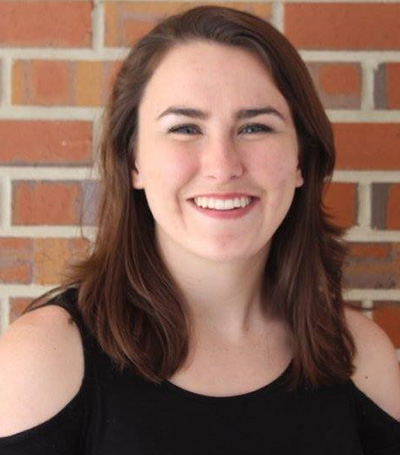 Rachel DeNapoli
Rachel DeNapoli
Major: Biomedical Engineering
Mentor: Dr. Josephine Allen
Research project description: In this project, Rachel hopes to develop a retinoic acid eluting – scaffold to promote adipose-derived stem cell differentiation for skin tissue engineering. Ultimately, this will allow for the use of all-trans retinoic acid (ATRA) loaded scaffolds to be used to differentiate adipose-derived stem cells (ADSCs) into keratinocyte-like cells. To do this, she will be testing the differentiation of ADSCs using a soluble ATRA, as well as loading electrospun scaffolds made of poly (1,8 octanediol-co-citrate) (POC) and poly acrylic acid (PAA) with ATRA to observe the effect on the differentiation of the cells.
 Michele Dill
Michele Dill
Major: Biomedical Engineering
Mentor: Dr. Christopher Batich
Research project description: The objective of Michele’s project is to evaluate and improve the phosphate binding capacity of chitosan, a polysaccharide obtained through the deacetylation of chitin. The biocompatibility and low cost of chitosan could make it a good alternative to expensive oral phosphate binders currently used by patients with Chronic Kidney Disease. Oral phosphate binders are used daily by these patients to decrease negative health effects caused by hyperphosphatemia, such as vascular calcification. Over the course of the project, Michele will functionalize chitosan with compounds such as arginine to increase the percentage of available amino groups and alter other properties. In addition, she will compare the phosphate binding capacity of chitosan to that of sevelamer hydrochloride, a well-known oral phosphate binder, through dialysis experiments and analysis methods such as ultraviolet-visible spectroscopy.
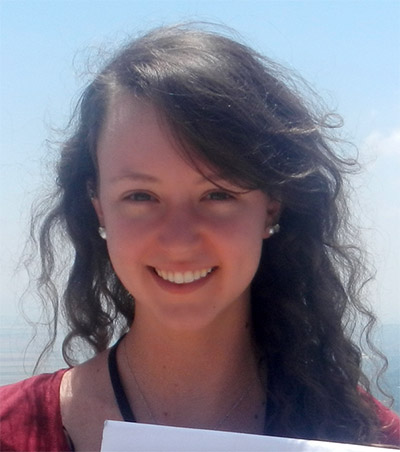 Macartney Ewing
Macartney Ewing
Major: Biomedical Engineering
Mentor: Dr. Wesley Bolch
In this project, Macartney will be working on dose reduction in pediatric molecular imaging. Image-based pharmacokinetic data for agents used in pediatric imaging will be collected and analyzed using computational simulation, image quality evaluation, and radiation dosimetry tools in order to develop and validate techniques for reducing pediatric patient absorbed dose, all while maintaining or improving the diagnostic quality of nuclear medical images.
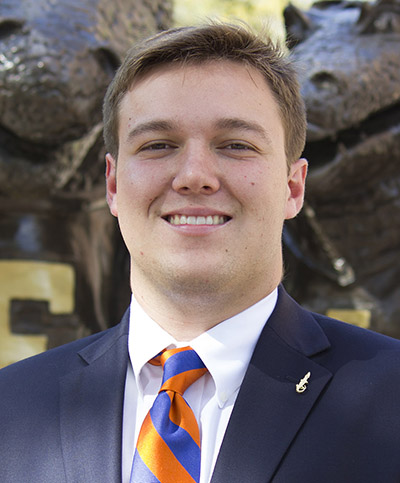 Jorge Figueras
Jorge Figueras
Major: Biomedical Engineering
Mentor: Dr. Kyle Allen
In this project, Jorge hopes to develop an ultra-sensitive and cost effective enzyme-linked immunosorbent assay (ELISA) for interleukin 6 (IL-6), a cytokine involved in the pro-inflammatory response of the knee. Ultimately, this will provide a means to accurately measure sensitive levels of IL-6 in rat synovial fluid to increase the signal from biomarkers captured via nanomagnetic particles. To develop this ELISA, he will optimize various parameters to increase the intensity of the reading for each ELISA as well as maintaining linearity to produce a novel protocol.
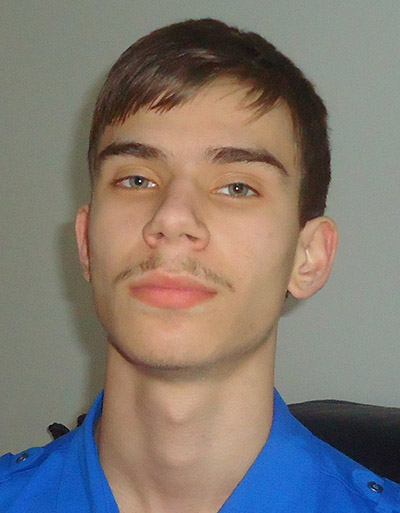 Alexander Liptak
Alexander Liptak
Major: Biomedical Engineering
Mentor: Dr. Laurie Gower
It is critically important that metallic implants commonly used for hard tissue repair become well attached to the surrounding bone. To this end, titanium implants are commonly coated with hydroxyapatite (the mineral found in bone). However, the contemporary method of plasma spray deposition cannot coat curved surfaces outside of the line of site and does not allow for the co-deposition of sensitive biomolecules. To overcome these drawbacks, Dr. Gower’s group plans to develop a solution-based technique to deposit coatings via electrodeposition. Alexander’s role will be to assist in adapting Dr. Gower’s novel polymer-induced liquid precursor process to electrolytically deposit a biomimetic coating of hydroxyapatite onto a titanium electrode.
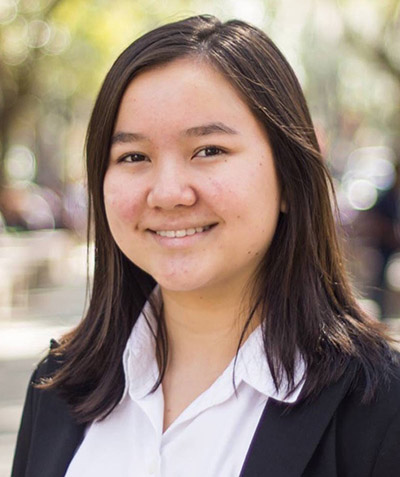 Olivia Liseth
Olivia Liseth
Major: Biomedical Engineering
Mentor: Dr. Blanka Sharma
Research project description: Osteoarthritis is a degenerative condition associated with joint inflammation. Inflammation and subsequent cartilage degradation within the joint are promoted through the release of pro-inflammatory cytokines from macrophages, specifically M1-polarized macrophages. In this project, Olivia will aim to alter the polarization of macrophages from inflammatory M1 to anti-inflammatory M2 through the exposure of M1 macrophages to interleukin-4. Cartilage degradation in M2-polarized macrophage culture as compared to M1-polarized will be tested in vitro to determine the efficacy of macrophage M1 to M2 re-polarization for the treatment of inflammation in osteoarthritis.
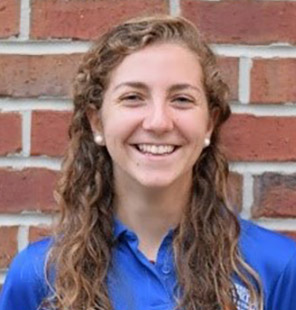 María Inés van Olphen
María Inés van Olphen
Major: Biomedical Engineering
Mentor: Dr. Ayse Gunduz
Research project description: Phase amplitude coupling (PAC) has been of particular interest because of its role in the signal detection, attentional selection and motor processes. Thus, its disruption may be linked with basal ganglia diseases such as Parkinson’s disease and Tourette’s syndrome. To date, María has analyzed electrocardiography (ECoG) readings obtained during an attentional/motor task experiment conducted by Gunduz et al in 2011 using human subjects with intractable epilepsy who were implanted with subdural electrodes spanning their brains. María’s goal was to obtain and visually represent the intensity of coupling found in each electrode in the form of color maps of a particular subject’s brain, and as a result, she was able to observe trends in PAC in localized and broad regions of the brain during different tasks. Her future work involves applying this same ECoG analysis on remaining subjects to confirm trends previously found. In addition, she will investigate potential synchronization of PAC between electrodes in different regions of the brain- (as opposed to looking at PAC in each electrode standing alone).
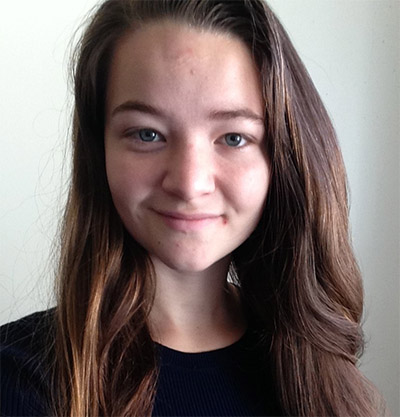 Morgan Thomas
Morgan Thomas
Major: Biomedical Engineering
Mentor: Dr. Stephen Arce
Research Project Description: In recent years, 3-D printing has become more popular when printing prosthesis for people with limb differences. Morgan’s research is hoping that 3-D printing can be applied to more specialized actions, like pole vaulting. To develop this process 3-D printing methods with be utilized as well as strengthening the device with Carbon fiber so it can withstand the impact of the jump. The end result will hopefully allow people with limb differences to be able to participate in a sport that they have been limited from in the past.
